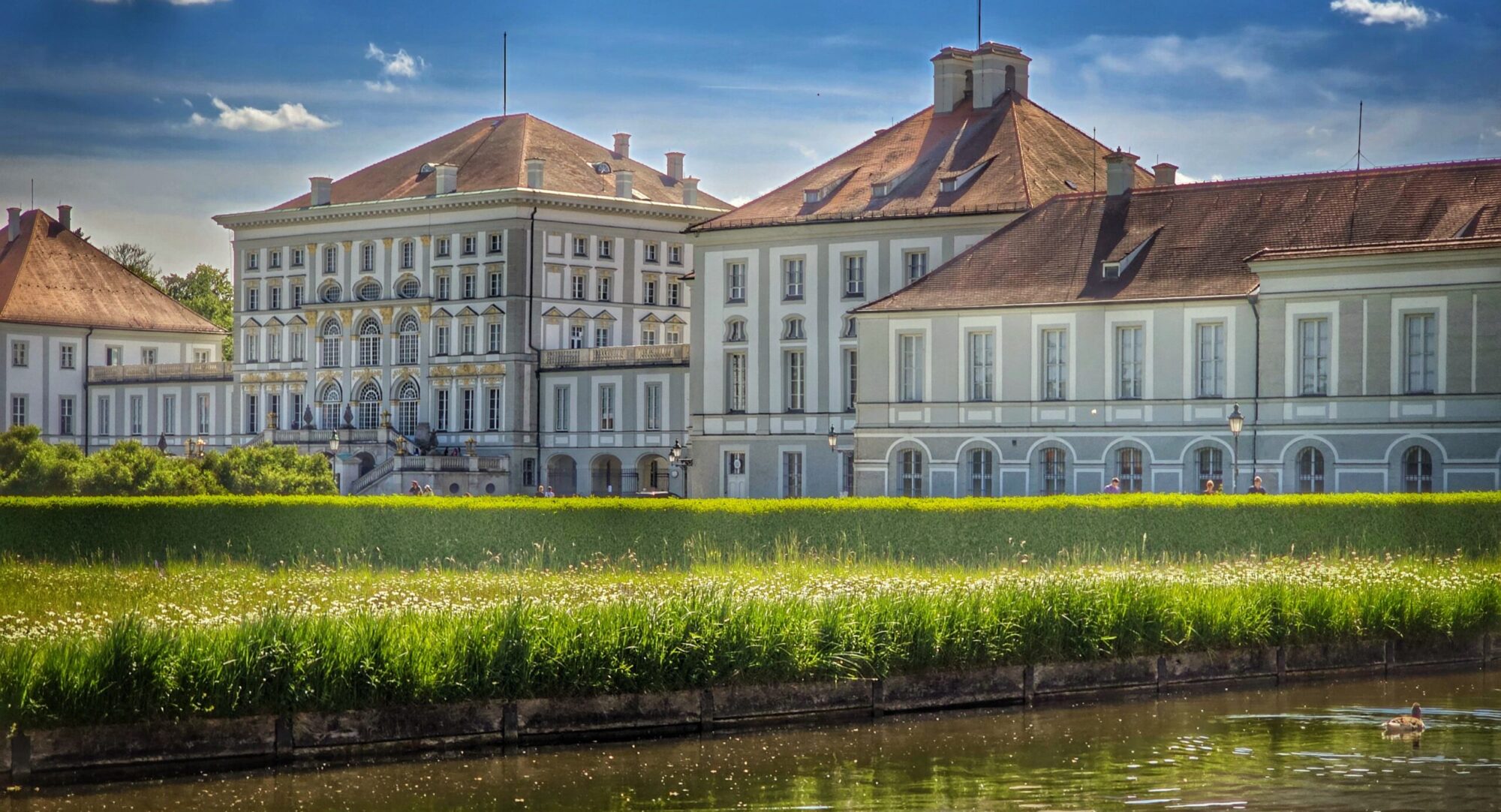
Light. Look around. It’s everywhere. Without it, looking around is wasted time.
I am a photographer. I photograph light. Most of my photographs are images of my surroundings; mountain vistas or river views, and sometimes, man-made objects such as old buildings or distant roads. What I photograph, however, are not the objects my camera points to, but the light that is reflected from those objects, into my lens.
Light is not static. It changes, depending upon many factors. The time of day affects how light reflects off objects. Likewise, the time of year also has profound effects on light. The environment affects light. Rain, fog, or even pollution affect how light bounces off things.
My camera can also change light. Add a filter to my lens, and darks become darker, reds jump out of a multi-colored background, and faint clouds appear stark white against a bold blue sky.
When I make photographs, I look at what I want to capture. I frame my shots. I check for angles and background clutter. I look for contrasts in color. I strive to include a focal point; the main object of a photograph that everything else in the image compliments. When I have what I want in my viewfinder, I press the shutter release, capturing what I was looking at when I made the image. What I saw at through the viewfinder is often not what I found. I give credit to or blame light for that. A recent trip into the desert is a great example of this.
I spent an afternoon in the Boyce Thompson Arboretum near Superior, Arizona. I went to hike and always take a camera to capture my surroundings. An old house stands in the park. Built into the side of a mountain is the Clevenger House. One of the rooms contains a small window, carved into the rock wall. It was late afternoon. The sun was sinking in the west, dimming the usually dark room even more. I stood back in the room, looking at the contrast between the dark wall and the fading light which shone through the glass. I framed the window in the top center section of my viewfinder, and used the stone floor to move the eyes up toward the window. Everything looked well. I made the image. Later that evening, I opened the image to perform post-processing fixes.
The image looked different. I saw something in it that I didn’t see while making it. When I looked at the scene while capturing the image, I missed the eeriness of the floor. Only afterward did I see a secondary image, this one in the floor. A face appeared. A weird, scary face, with mean eyes and a slanted, almost frowning mouth, filled the photograph. The stones in the floor didn’t make the face. The light filtering through the window did.
The photograph, although not what I planned on when I made it, is a better photograph because of how the light painted the face on the floor. I looked at a dark windowed room. In time, I saw much more.
